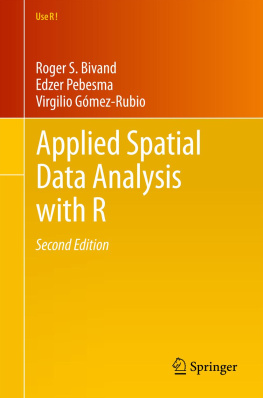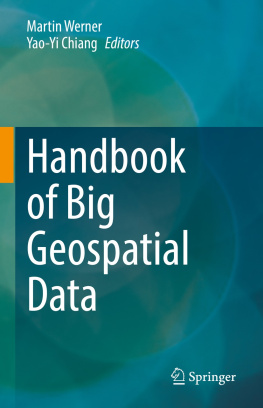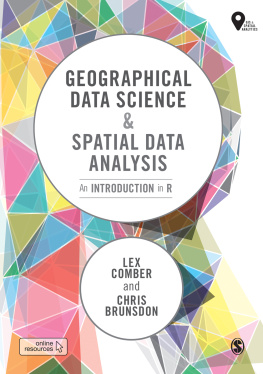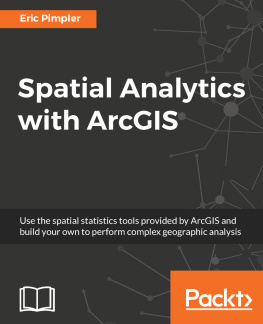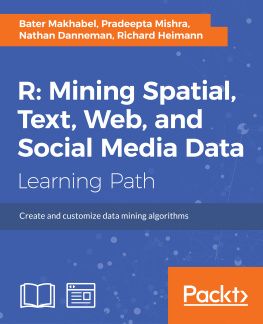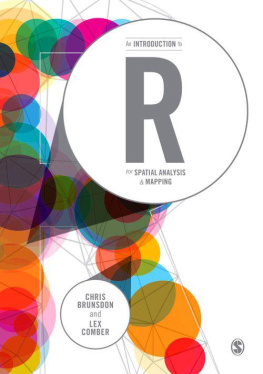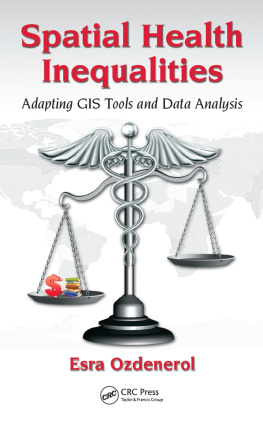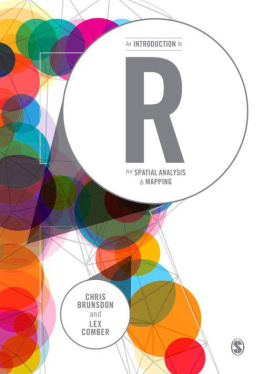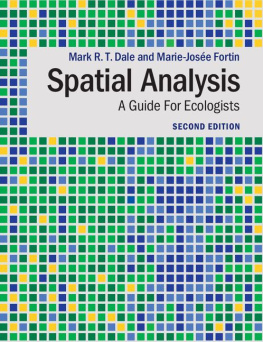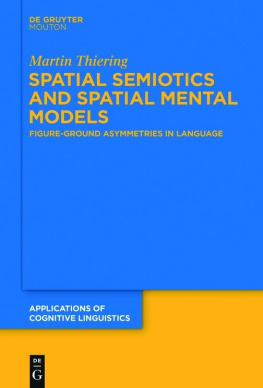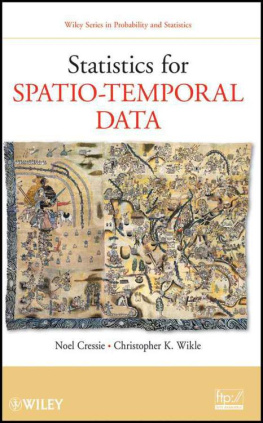1.2.1 In General?
The R system). For data analysis, it can be highly efficient to use a special-purpose language like S , compared to using a general-purpose language.
For new R users without earlier scripting or programming experience, meeting a programming language may be unsettling, but the investment will quickly pay off. The user soon discovers how analysis components written or copied from examples can easily be stored, replayed, modified for another data set, or extended. R can be extended easily with new dedicated components, and can be used to develop and exchange data sets and data analysis approaches. It is often much harder to achieve this with programs that require long series of mouse clicks to operate.
R provides many standard and innovative statistical analysis methods. New users may find access to both well-tried and trusted methods, and speculative and novel approaches, worrying. This can, however, be a major strength, because if required, innovations can be tested in a robust environment against legacy techniques. Many methods for analysing spatial data are less frequently used than the most common statistical techniques, and thus benefit proportionally more from the nearness to both the data and the methods that R permits. R uses well-known libraries for numerical analysis, and can easily be extended by or linked to code written in S , C, C++, Fortran, or Java. Links to various relational data base systems and geographical information systems exist, many well-known data formats can be read and/or written.
The level of voluntary support and the development speed of R are high, and experience has shown R to be environment suitable for developing professional, mission-critical software applications, both for the public and the private sector. The S language can not only be used for low-level computation on numbers, vectors, or matrices but can also be easily extended with classes for new data types and analysis methods for these classes, such as methods for summarising, plotting, printing, performing tests, or model fitting (Chambers, ).
In addition to the core R software system, R is also a social movement, with many participants on a continuum from use R s just beginning to analyse data with R to develope R s contributing packages to the Comprehensive R Archive Network (CRAN) for others to download and employ.
Just as R itself benefits from the open source development model, contributed package authors benefit from a world-class infrastructure, allowing their work to be published and revised with improbable speed and reliability, including the publication of source packages and binary packages for many popular platforms. Contributed add-on packages are very much part of the R community, and most core developers also write and maintain contributed packages. A contributed package contains R functions, optional sample data sets, and documentation including examples of how to use the functions.
1.2.2 for Spatial Data Analysis?
For over 15 years, R has had an increasing number of contributed packages for handling and analysing spatial data. Up to 2003, these packages all used to make different assumptions about how spatial data were organised, and R itself had no capabilities for distinguishing coordinates from other numbers. In addition, methods for plotting spatial data and other tasks were scattered, made different assumptions on the organisation of the data, and were rudimentary. This was not unlike the situation for time series data at the time.
After some joint effort and wider discussion, a group). Classes specify a structure and define how spatial data are organised and stored. Methods are instances of functions specialised for a particular data class. For example, the summary method for all spatial data classes may tell the range spanned by the spatial coordinates, and show which coordinate reference system is used (such as degrees longitude/latitude, or the UTM zone). It may in addition show some more details for objects of a specific spatial class. A plot method may, for example create a map of the spatial data.

